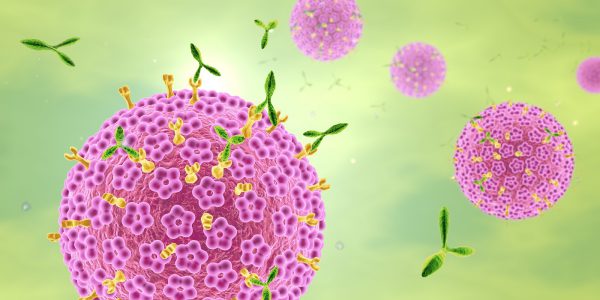
DLA or Dog Leukocyte Antigen
Is breeding with an eye on DLA, the region of the genome that controls the immune system of the dog, the answer to these issues? In short, not likely. While diverse immune systems in theory would be protective, at present few studies have found a benefit for individual dogs to have heterozygous DLA haplotypes. What do we mean by a “haplotype?” Generally speaking, a haplotype is a set of genes or section of DNA that are inherited as a block. In the case of DLA, which has three distinct regions, recent relevant research found that large distinct sections of DNA in two of these sections are passed on together as one enormous, extended haplotype. Natalie says it like this: “It’s like a set of towels, or a pair of mittens”; sets of genes that are always inherited together.
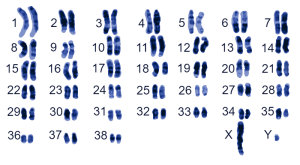
The DLA is found on a single canine chromosome, Chromosome 12. So, while breeding for identified DLA haplotypes is not the main factor to consider, we do still want to maintain diverse genetics in this region. We can do this by selecting for heterozygous haplotypes when possible, and for less common ones, too, as long as the dogs who have them are healthy. Breeders therefore should be aware of the DLA haplotypes that are not well represented in their breeds, so that they do not lose more biodiversity through genetic drift. What does genetic drift mean? Essentially it means a random loss of variation in genes in a breed. This happens when some of genes become less and less common due to chance – rather than because they are “bad” genes.
UC Davis’ Canine Genetic Diversity test analyzes and identifies the more regions of DLA than any available test to date. It identifies BOTH Class I DLA and Class II DLA haplotypes specifically, from two different sectors of the DLA region and label them by different numbers for each region. Numbers in the 1000s identify the Class I DLA haplotypes. Numbers in the 2000s identify the Class II haplotypes. The numbers aren’t measures – they are names. The first one named was the 1001, which was the most common Class I haplotype in Standard Poodles, the first breed studied. The second most common one was the 1002, and so it went. The same is true of the Class II haplotypes. The 2001 was the most common haplotype found in Standard Poodles. As more breeds have been studied, more haplotypes have been discovered.
Sometimes we see some confusion with DLA because they used numbers for labels. Since many of our metrics on BetterBred (like IR, AGR and OI) are measures, not labels, and change from generation to generation, we’ve found that some people believe their dogs’ DLA haplotypes will change as well. Whatever haplotypes a dog has, they are almost always inherited from sire/dam to offspring. Occasionally, there is a slight recombination or mutation event that creates a slightly different haplotype, but that is quite rare. Almost always, the Class I/Class II extended haplotype is passed down to an offspring exactly as the parent has it. If the haplotypes were named by different variations of A, B, C, and D this might be more easily understood. The DLA haplotypes your dog has will always remain the same, and your dog will nearly always pass them on to offspring.
There are three named regions of the DLA and they are named Class I, Class II and Class III. What are they and what do they do? * note there may be some overlap in function of Class I and Class II functions
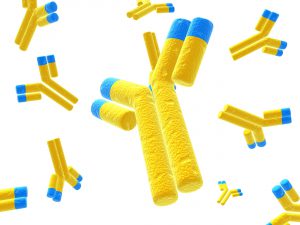
So, what is the value of the testing of DLA? Again, we want to maintain what we have in terms of biodiversity. However, in unusual cases, DLA has been found to be associated with disease, though not necessarily responsible for the disease. This means that both the disease and the haplotype are often found in the same family. In rare instances, it has a very strong association (like necrotizing meningoencephalitis of Pug dogs) and in such cases the haplotype can be said to be the cause of the disease. However, usually it is NOT the DLA that is causal. What could it be then? Well, we know that DLA is inherited from your sire and dam, and does not change from generation to generation. Perhaps then, in part, DLA associations are made b/c they are a symptom of a family’s, or bottleneck’s, influence on a breed. This gives rise to an argument for, again, maintaining and redistributing the genetic diversity of the breed.
One personal note of appreciation for UC Davis. UC Davis tests BOTH Class I and Class II DLA. Many years ago, I participated in a study with a different lab that studied just Class II DLA in Standard Poodles. The study was searching for the “cause” for both sebaceous adenitis and Addison’s disease. Sadly, with many breeder funded samples, we were unable to find a DLA association with that laboratory. Flash forward several years, The Poodle Club of America funded a study with Dr. Pedersen. While not the cause, Dr. Pedersen found two Class II DLA types and one Class I DLA type that were associated with SA and/or AD with a very large and carefully selected sample. One important note here, had he not analyzed the Class I, we would not know about this association, so I am appreciative that they test that region.
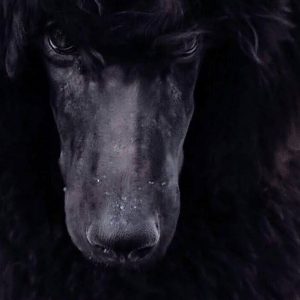
The relative risks associated with Class I and II DLA in Standard Poodles were as follows:
“Only the STR-associated DLA class I haplotype 1003 was significantly associated with SA and AD at a low to moderate RR of 1.63 and 1.43, respectively.”
….“Dogs with haplotype 2004 were 2.8 times more likely to develop SA (p = 0.009) and dogs with haplotype 2006 were 2.4 times more likely to develop AD (p = 0.01). However, dogs possessing haplotypes 2004 and 2006 made up only 6 % of the total population (Table 3)”
So again these are not causal associations, but increased risk. I appreciate the thorough research at UC Davis and their continued dedication to dog health and meaningful analysis of the breeds. Thank you UC Davis and Dr. Niels Pedersen.
How should you use the DLA information in breeding? Well, when all else is equal, while deciding between breeding mates, try to select for heterozygous haplotypes in your predicted puppies (two different kinds). If your particular breed has DLA haplotypes associated with disease, consider breeding away from them when all else is equal. Remember we do not want to lose diversity at the breedwide level because we are breeding out a single gene. It has happened in other breeds that people hyper-focus on eliminating a mutation and the breed suffers a loss of genetic diversity as a result. We must be sure that this doesn’t happen.
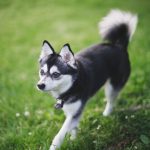 Previous Post
Previous Post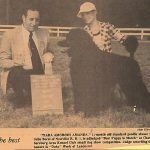 Next Post
Next Post


